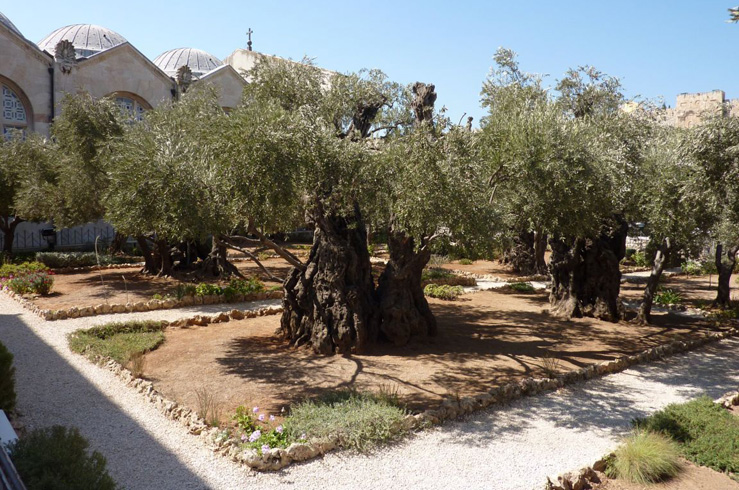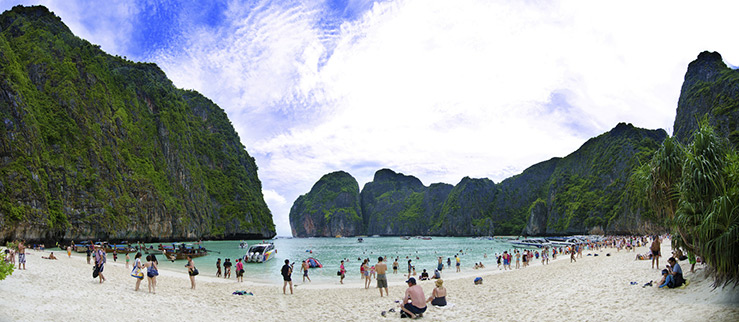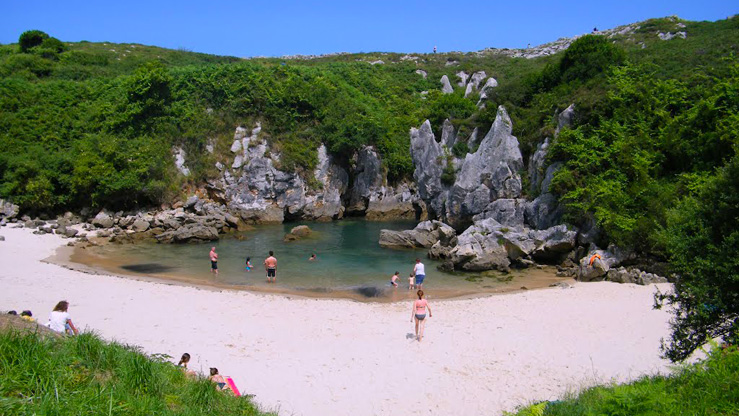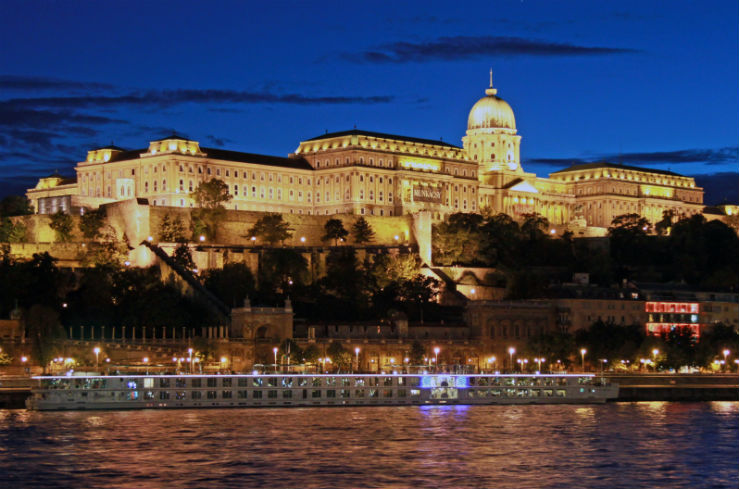Karlovy Vary
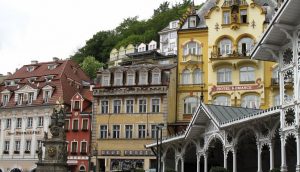 Karlovy Vary is a spa town in the west of the Czech Republic, located in the historic Bohemia region at the confluence of the Ohře and Tepla rivers, 120 km from Prague, 45 km from the German border. The population is 53,990 people (2010).
Karlovy Vary is a spa town in the west of the Czech Republic, located in the historic Bohemia region at the confluence of the Ohře and Tepla rivers, 120 km from Prague, 45 km from the German border. The population is 53,990 people (2010).
Karlovy Vary (another name – Carlsbad) is a medical resort, due to the presence of hot springs of mineral water with healing properties. Currently in Karlovy Vary 13 healing springs come to the surface. There is also source number 14 – so jokingly called the local strong liquor Becherovka.
The main natural healing factor in Karlovy Vary is thermal sodium carbonate sulfate, sodium hydrogen carbonate containing compounds of calcium, potassium, magnesium, iron, lithium, bromine and other substances. Mineralization up to 7 g / l. According to the chemical composition of water, all sources are approximately the same and differ mainly in the content of carbon dioxide (from 0.37 to 0.75 g / l) and temperature. Mill water is radon (about 1 nCi / l).
The mineral waters of Karlovy Vary are used mainly for drinking treatment, the water of the Mill spring is bottled, and the water of the Vržidlo spring is the basis for all balneotherapy procedures used in the spa (carbon dioxide, oxygen, radon, pearl and other baths, swimming in pools, bowel washing, irrigation, rinsing and more).
In addition, natural Karlovy Vary salt is obtained from mineral water by evaporation, which contains 18% sodium chloride, 36% sodium hydrogen carbonate, 44% sodium sulfate, about 2% potassium sulfate, as well as small amounts of calcium, magnesium, iron, lithium salts, fluorine, bromine and others.
Up Last changes: 08/22/2011
MEDICAL FACTORS
The resort provides treatment:
– digestive diseases
– metabolic disorders
– diabetes
– gout
– obesity
– periodontal disease
– diseases of the musculoskeletal system
– diseases of the liver, pancreas, gall bladder and biliary tract
– conditions after cancer
– neurological diseases
– etc
There is a spa clinic, balneotherapy centers, a drinking gallery, pump-rooms of individual sources, numerous hotels, pensions and motels.
In medical institutions, physiotherapy exercises, various types of massage, electric and phototherapy, heat therapy (including mud baths and applications) are widely used.
For dosed walks there is a health path – over 100 km of paths that pass through the most picturesque places of Karlovy Vary.
Up Last changes: 04/06/2011
TREATMENT SOURCES OF CARL VAR
Garden Colonnade. It was used as a promenade of the Blanen Pavilion, which was demolished in the 60s of the 20th century. Fortunately, the colonnade still stands. Mainly due to a comprehensive reconstruction. Directly under the roof of the colonnade or near it are three healing springs.
Snake Spring – 30 ° C. Opened in 2001, this source contains less minerals than other sources of the resort, but much more CO2. From the snake’s mouth, it flows directly into the Garden Colonnade.
Garden spring – 47.4 ° C. The source was discovered in the mid-19th century during the construction of the foundation for the Military Sanatorium. It was originally called the “Imperial Source.” It comes to the surface in the territory of the Military sanatorium near the colonnade. Access to the source is open every day from 6:00 to 18:30.
The source of Freedom is 60 ° C. It was opened in the second half of the 19th century during the construction of Lazne III. It got its present name after the 2nd World War. It was formerly called Spa, then Franz Joseph I. Altanka with a source is located between Lazne III and the Mill Colonnade.
Mill Colonnade. The original design of the Neo-Renaissance building was significantly different from its final form. The famous architect at first conceived her three-story and even more luxurious. After the construction was completed, the colonnade did not cause much admiration. Like, did not harmonize with the nature of the resort center. Since 1893, when it was continued to the Rocky Spring, its length is 132 m. Under its roof, which is supported by 124 Corinthian columns, there is an orchestra pit and five mineral springs. The colonnade is decorated with allegorical sculptures and sculptures.
Rock source – 53 ° C. Until 1845, it flowed into the Teplu River, but after planning the area, its water was brought to the current Mill Colonnade.
The source of Libusa is 62 ° C. It was once called the source of the Elizabeth roses, and arose by combining the four smaller sources.
The source of Prince Wenceslas I is 65 ° C. Water from this source was used for the production of Karlovy Vary salt. They say that at the end of the 18th century, with his water content and strength, he could measure with Vrzhidl. Prince Wenceslas bred to two vases.
The source of Prince Wenceslas II is 58 ° C. It flows out in front of the colonnade, opposite the orchestra pit.
